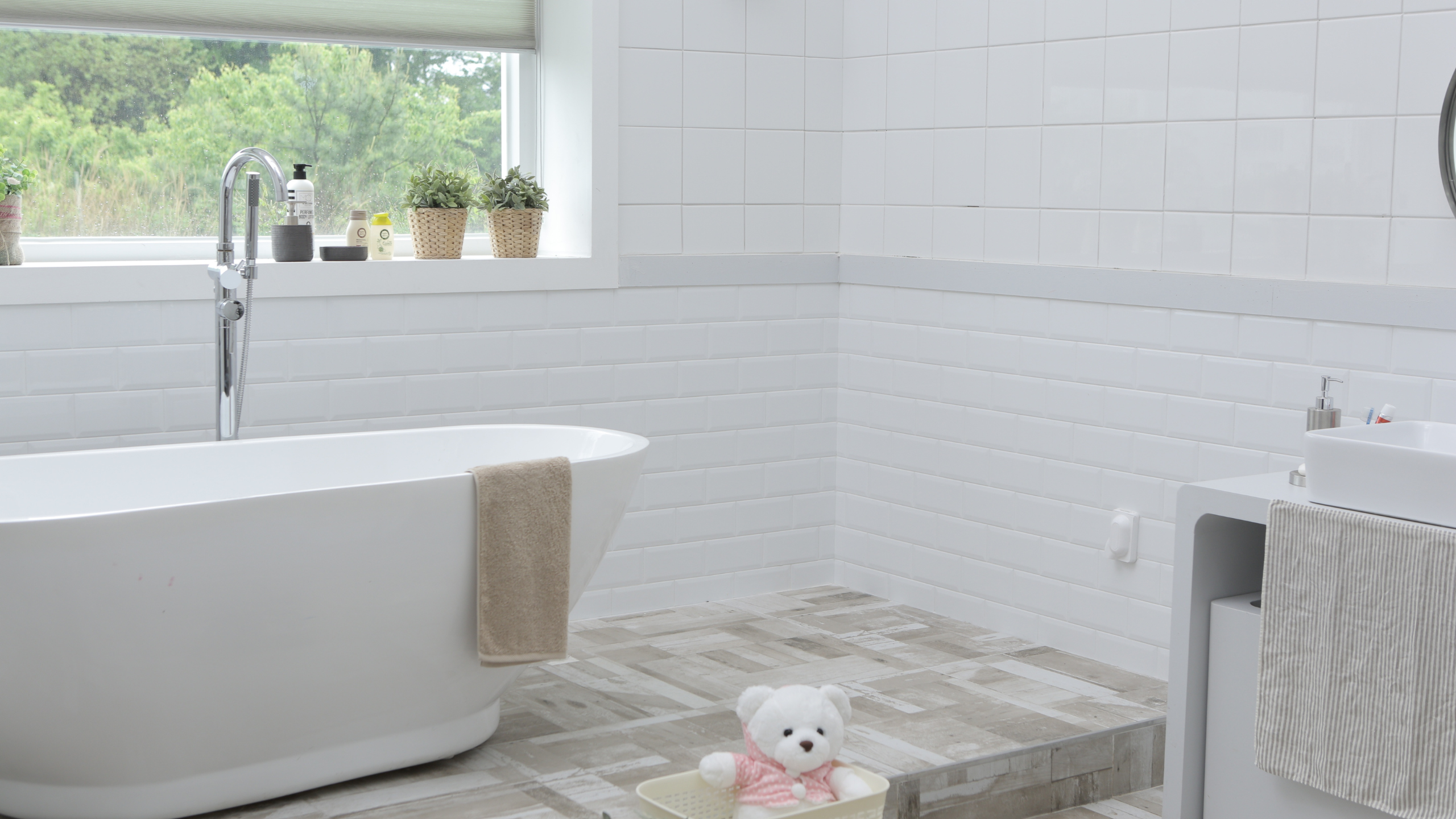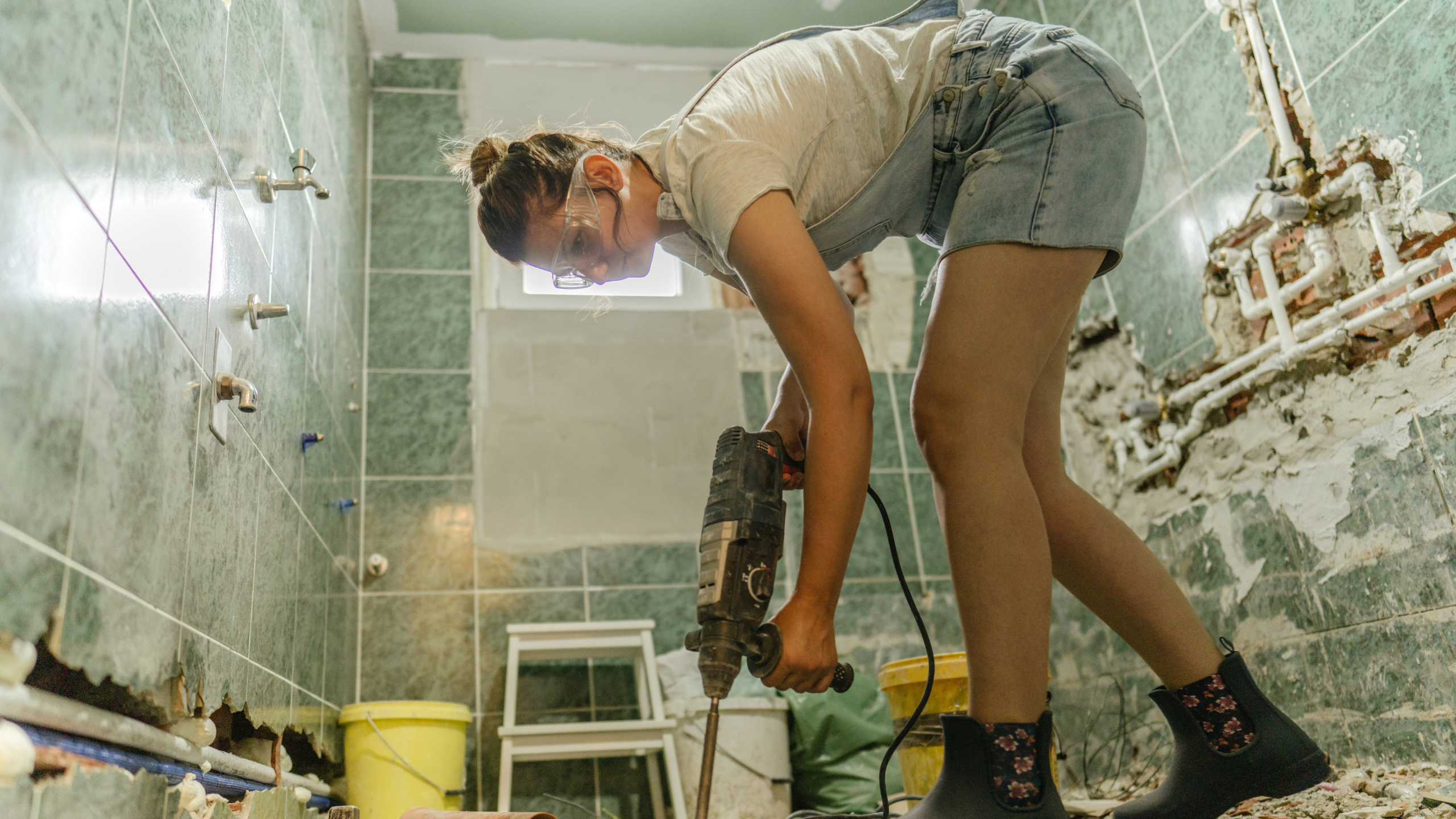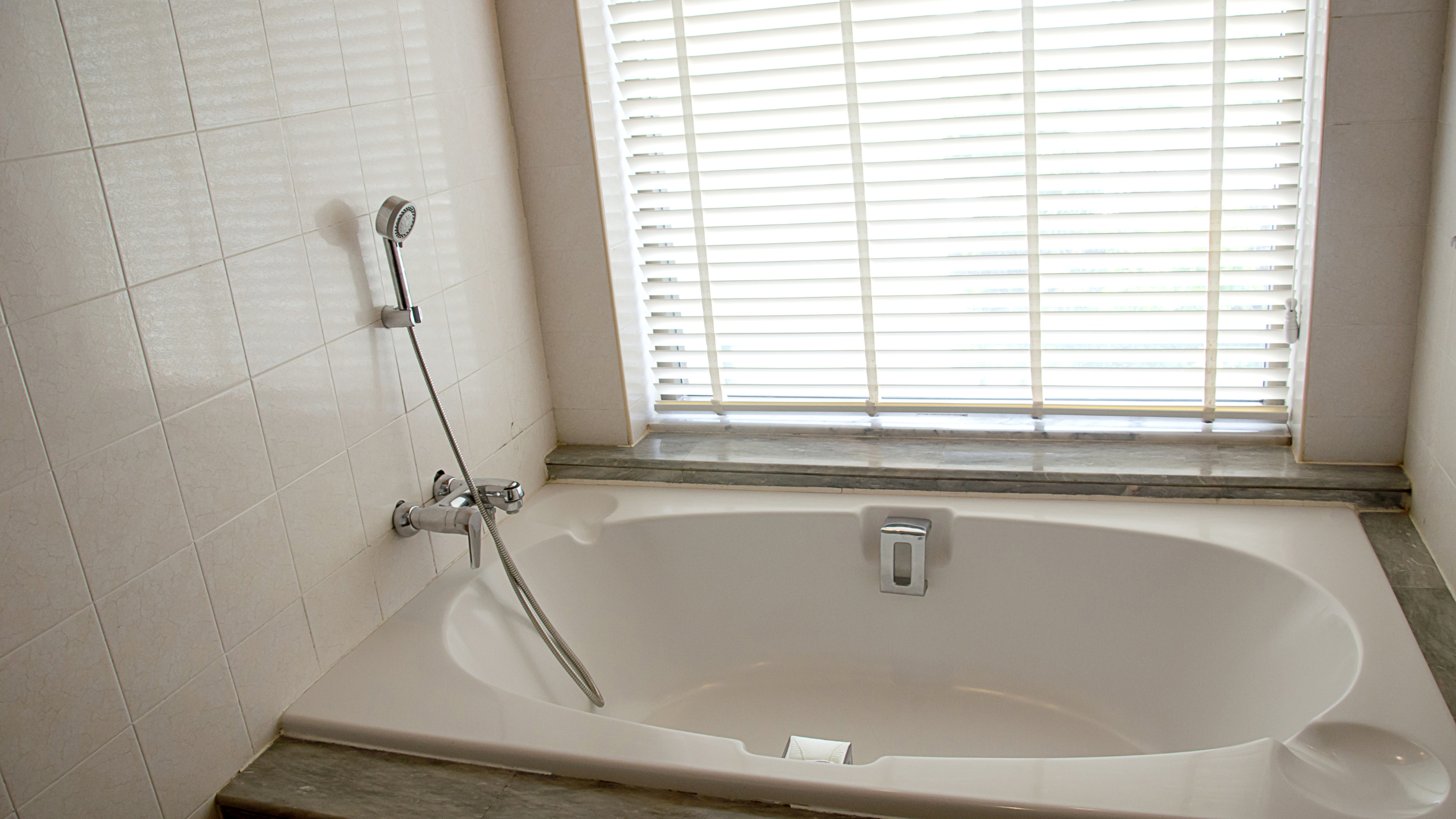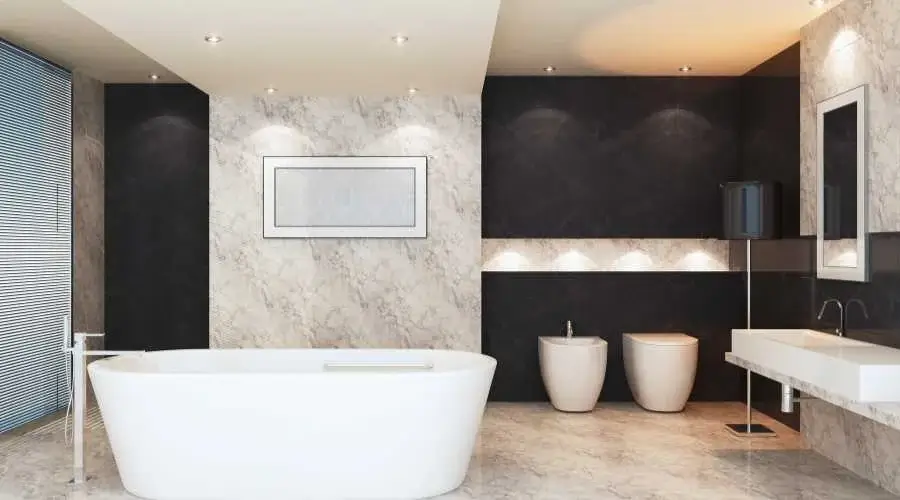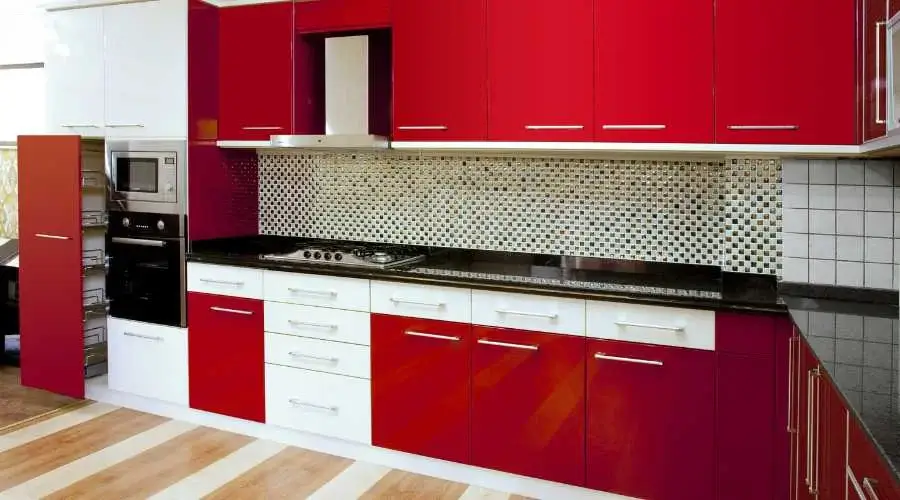Selecting the ideal bathtub for your home might appear overwhelming at first. Beyond enhancing your bathroom’s visual appeal, your choice greatly influences your relaxation. Thus, it’s crucial to acquaint yourself with the diverse options in bathtubs. Each type boasts unique pros and cons, empowering you to make a well-informed decision that resonates with your needs and preferences.
This article will delve into the extensive array of bathtubs and materials available in today’s market. Each type will be thoroughly scrutinized, exploring their unique characteristics, benefits, and potential drawbacks. With this information, you’ll be empowered to make a well-informed decision when selecting the ideal bathtub for your bathroom. So, let’s dive in and find the perfect match for your needs!
Visit https://www.wilmingtontubreglazing.com/ for more details.
Bathtub Preferences and Materials
Selecting the right bathtub is pivotal in crafting your dream bathroom retreat. Whether you crave luxurious soaking or prioritize space-saving functionality, bathtubs offer many options to fulfill every desire and need. This thorough manual will explore the vast variety of bathtubs available today. Our goal is to equip you with insights and clarity, enabling you to confidently Sort through the many choices to locate the ideal fit for your sanctuary.
1. Alcove Bathtubs:
Alcove bathtubs are a popular option for many, especially in smaller bathrooms, and they are valued for their efficient use of space and accessibility. They are designed to fit snugly against three walls and are perfect for compact spaces or bathrooms with standard layouts. Constructed from materials like acrylic, fiberglass, and enameled steel, alcove bathtubs offer versatility and affordability. However, they may not possess the visual appeal of freestanding tubs and may require extra maintenance In order to stop mold and mildew from growing within the alcove area.
2. Freestanding Bathtubs:
Radiating elegance and refinement, freestanding bathtubs often serve as the centerpiece of bathroom decor. These tubs are in various sizes and shapes, crafted from materials like cast iron, acrylic, and stone resin. They provide unmatched versatility and luxury, offering ample opportunities for customization and personalization. Although they may demand more floor space and have a higher cost associated with them than other options, their visual appeal and spa-like atmosphere make them a coveted choice for homeowners aiming to create a lavish sanctuary within their home.
3. Corner Bathtubs:
Designed to maximize space in smaller bathrooms, corner bathtubs fit snugly into the corner, efficiently using otherwise unused areas. They offer versatility in various shapes and configurations, from classic rectangles to contemporary triangles or ovals. Constructed from materials like acrylic and fiberglass, corner bathtubs provide a practical solution for homeowners looking to improve their bathroom layout without sacrificing style or comfort. However, their unique shape may limit bathing positions and accessibility for some users.
4. Drop-In Bathtubs:
Drop-in bathtubs seamlessly blend into a framed enclosure and feature a surrounding deck, creating a unified and sophisticated look. These customizable tubs offer a wide range of design and material options, allowing homeowners to tailor their bathing experience to their needs and preferences. Made from materials like acrylic and cast iron, drop-in bathtubs effortlessly combine functionality with aesthetics, making them popular for those seeking a personalized and cohesive bathroom design.
Understanding the variety of accessible bathtub options and their respective advantages and limitations empowers you to choose the perfect one for your bathroom. Whether you prioritize space-saving functionality, luxurious aesthetics, or customizable design features, there’s a bathtub suited to your unique lifestyle and preferences. Therefore, take the time to explore the available choices and consider consulting with an expert to ensure you find the ideal bathtub to transform your bathroom into a serene and revitalizing sanctuary.
Bathtub Materials: Advantages and Disadvantages
1. Acrylic: Known for its affordability, lightweight construction, and availability in various shapes and sizes. Despite these benefits, acrylic tubs are susceptible to scratching and may lack the durability of other materials.
2. Fiberglass: Offering a budget-friendly option with easy installation, fiberglass tubs are lightweight and resistant to scratches. However, they may experience fading over time and are less durable than other materials.
3. Cast Iron: Praised for their enduring strength and excellent heat retention, cast iron tubs exude luxury and longevity. However, their considerable weight requires additional support during installation.
4. Stone Resin: Offering a luxurious choice, stone resin tubs boast a natural, lavish aesthetic and exceptional heat retention. Nonetheless, their weight and potentially higher costs should be taken into account.
Conclusion
When choosing a bathtub for your bathroom, it’s essential to factor in your budget, available space, and personal preferences. Each bathtub material has its own pros and cons, so it’s important to carefully evaluate these aspects before making a decision. Additionally, seeking the help of a reliable contractor ensures proper installation, maximizing your bathtub’s durability and functionality. You may make your bathroom a calm and peaceful space by rejuvenating sanctuary by making the right bathtub choice.

